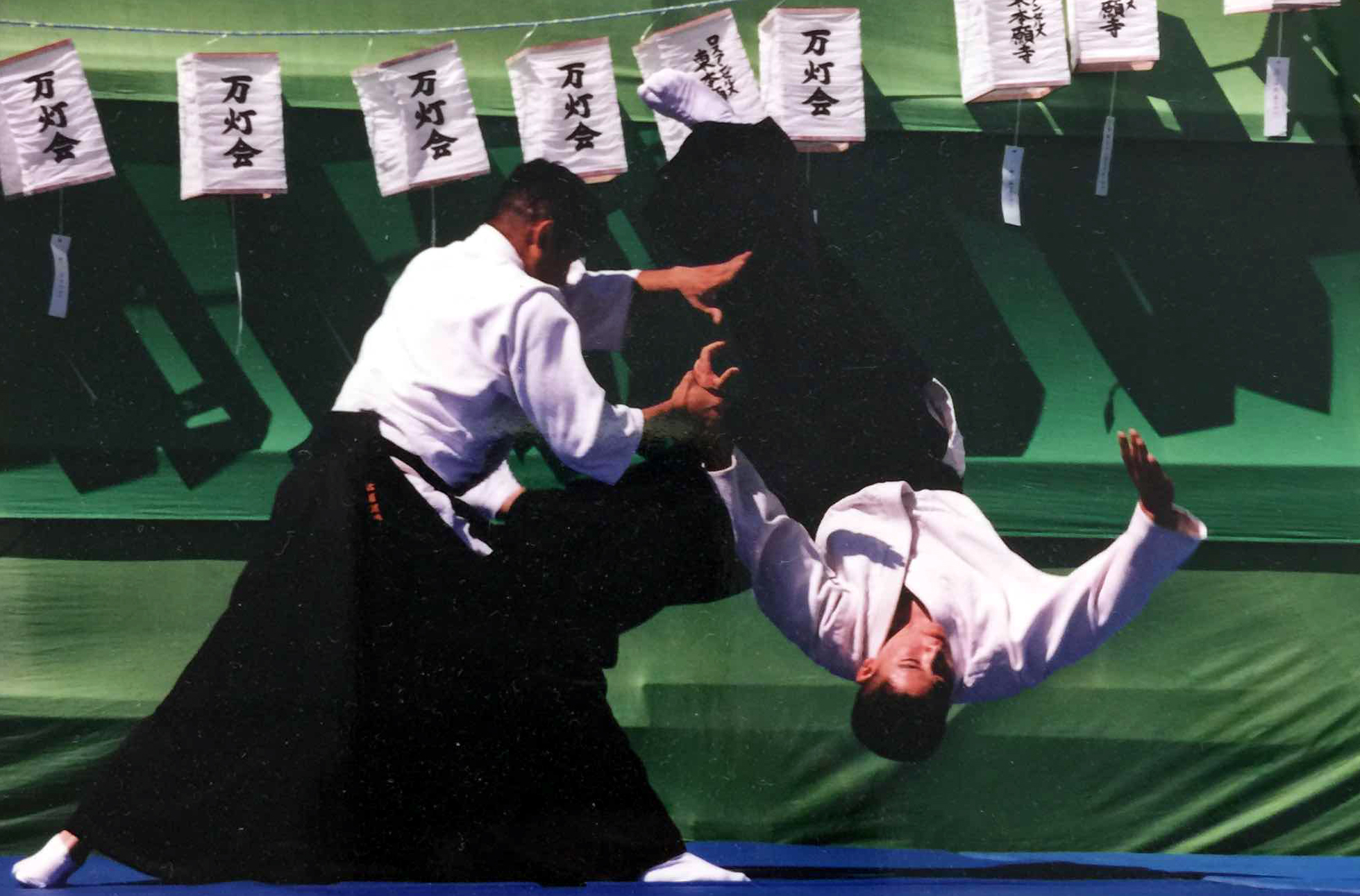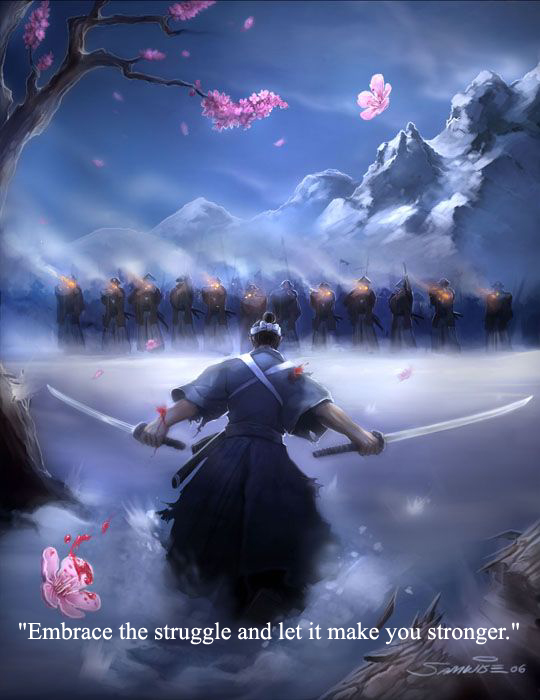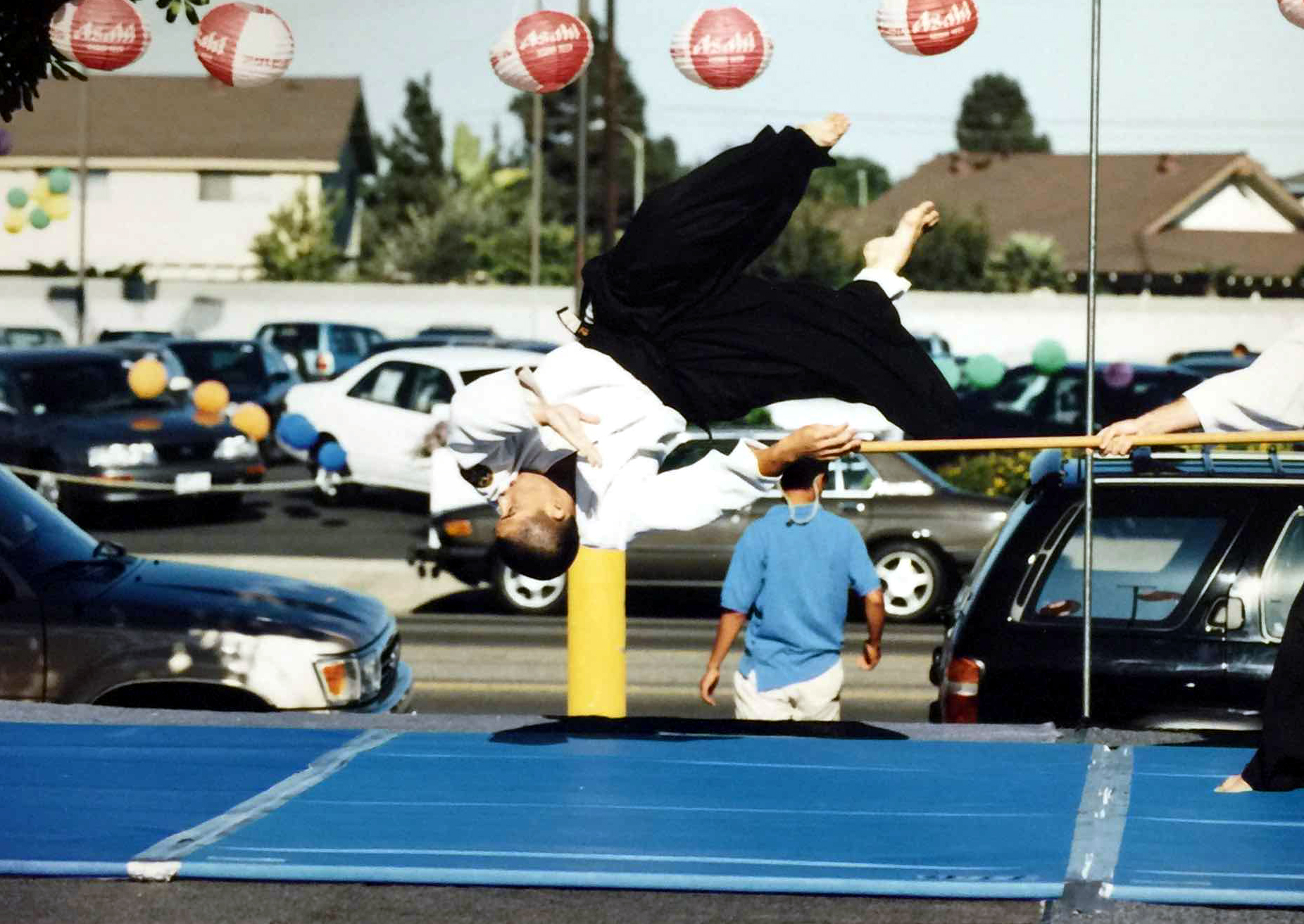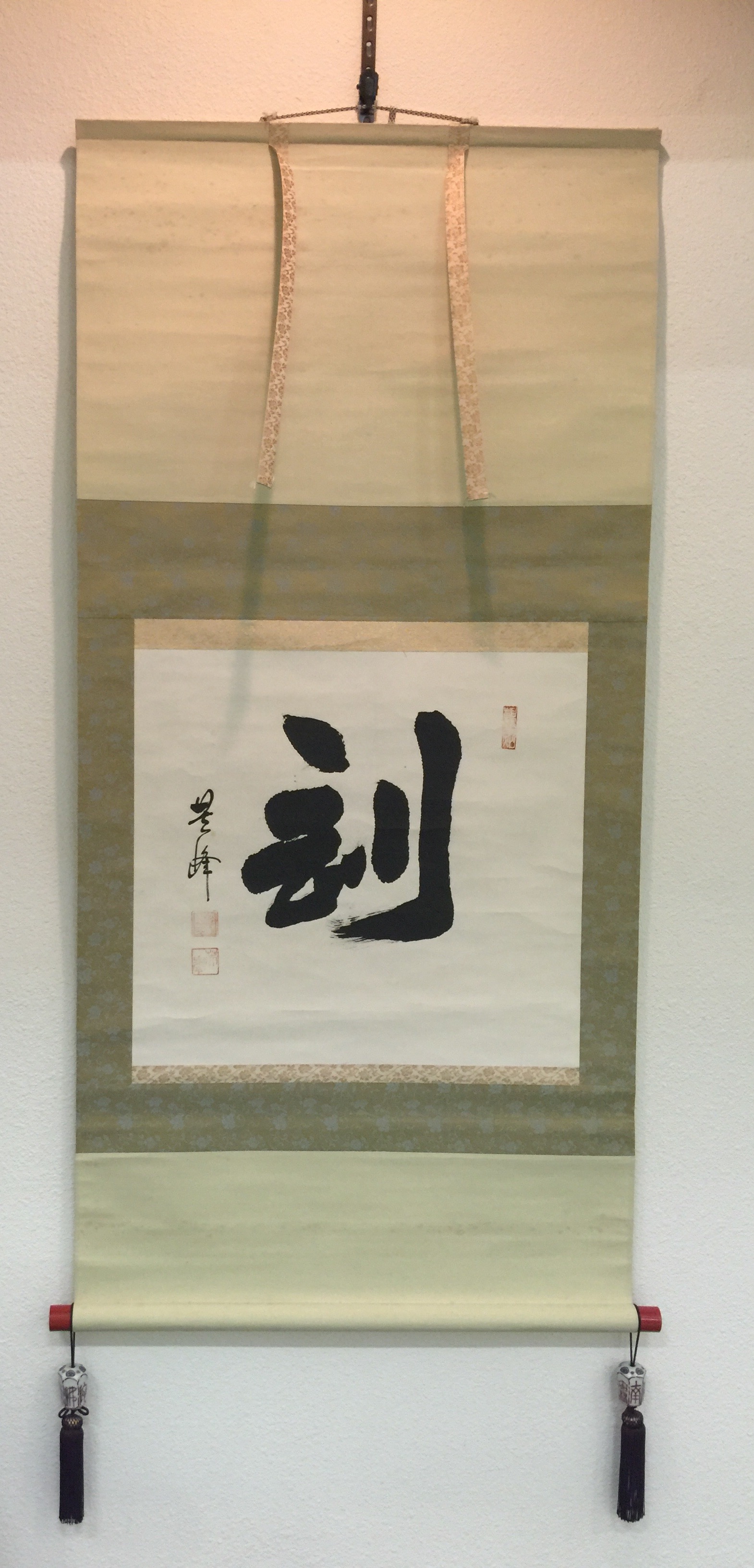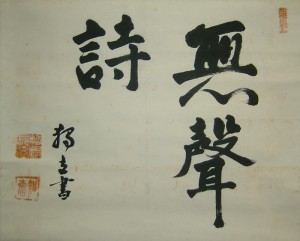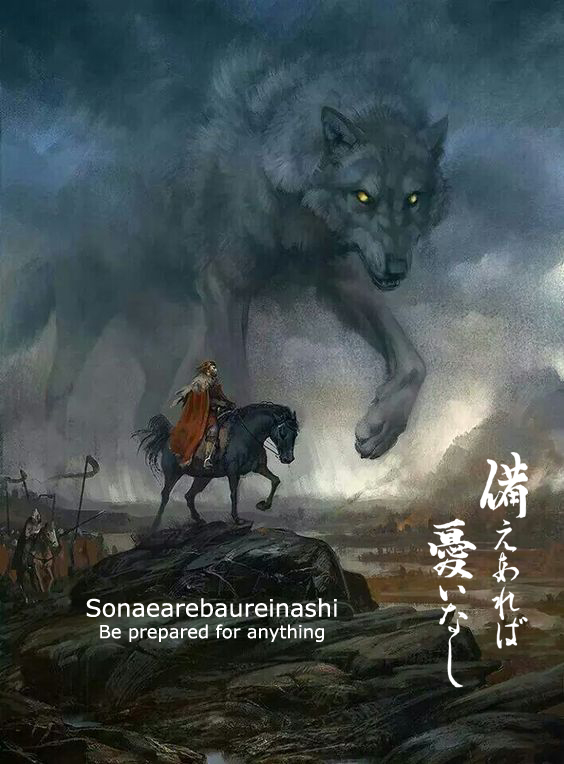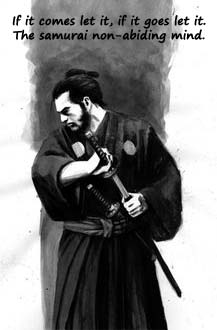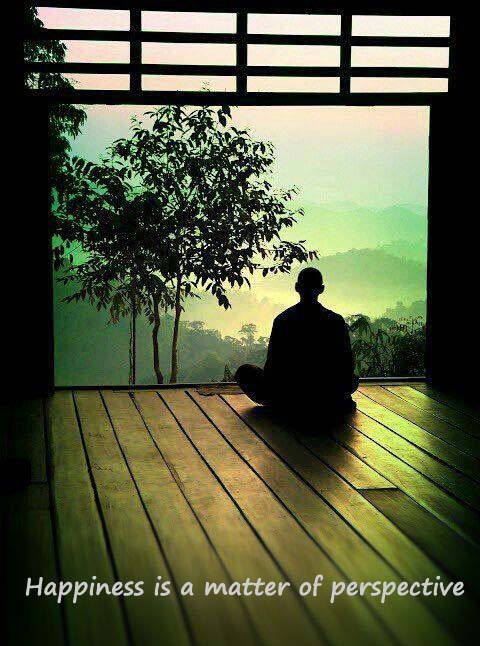 I read a sign the other day, "Comfort is the enemy of achievement." This is a quote by a businessman named Farrah Gray. In terms of budo it is spot on.
On the road to greatness, the main question is, "What are we willing to sacrifice in order to get good?" Not can we, but will we forgo things like sleep, money, food, or any other thing that causes us to be a little bit uncomfortable in order to achieve our goals? Most normal people won't, but warriors are not normal people.
I read a sign the other day, "Comfort is the enemy of achievement." This is a quote by a businessman named Farrah Gray. In terms of budo it is spot on.
On the road to greatness, the main question is, "What are we willing to sacrifice in order to get good?" Not can we, but will we forgo things like sleep, money, food, or any other thing that causes us to be a little bit uncomfortable in order to achieve our goals? Most normal people won't, but warriors are not normal people.
Warriors are people who stave off pleasure for purpose. People who "need" to sleep, eat or save the money will never push themselves to get good. There will always be something. Over the annals of time, the greatest opponent there has ever been and who has beaten millions of warriors has been the soft, warm and comfortable bed. Don't let it beat you!
So the question is, "What will you sacrifice to get good?"





